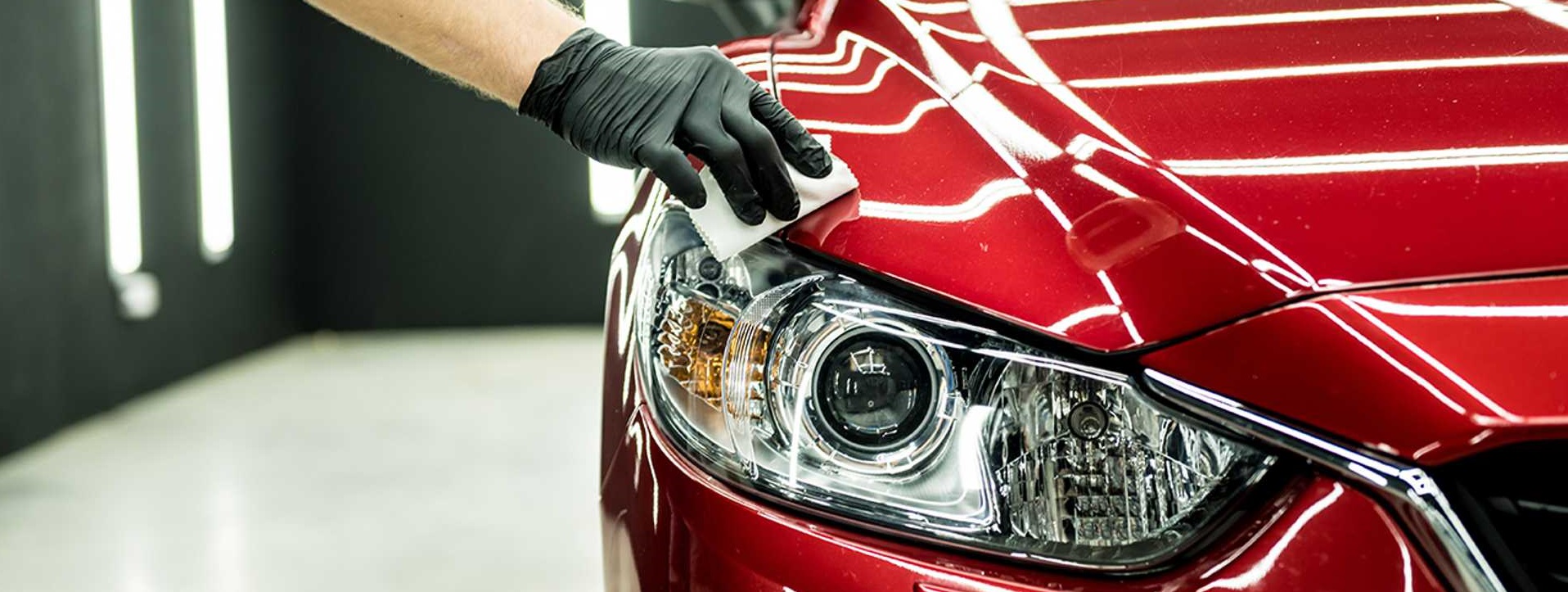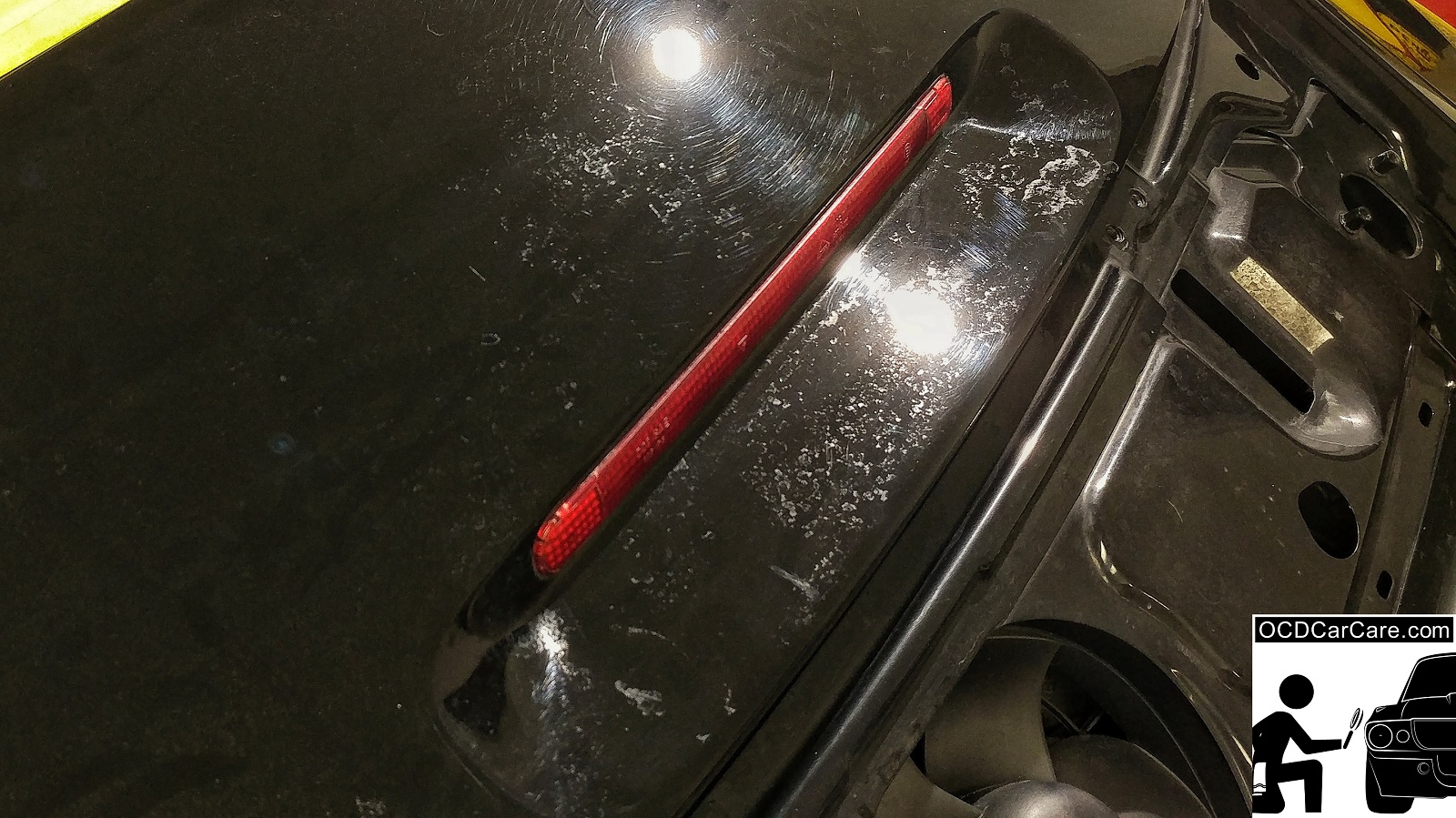Everything You Need to Know About Ceramic Coating for Cars
Everything You Need to Know About Ceramic Coating for Cars
Blog Article
Ceramic Layer vs. Traditional Wax: Which Provides Better Long-Term Defense?
The discussion between ceramic finishes and standard wax for vehicle security has actually garnered considerable attention amongst automobile fanatics and professionals alike. While both satisfy of securing paint, their differences in longevity, application, and long-lasting maintenance expenses might affect a customer's choice. Ceramic coatings boast superior long life and resistance to environmental aspects, yet the intricacy of their application questions regarding accessibility and practicality. As we explore these contrasting options, it ends up being necessary to take into consideration not only the prompt advantages however likewise the ramifications for automobile care gradually.
Overview of Ceramic Covering
Ceramic covering has gotten substantial appeal among automotive lovers and detailers alike due to its sophisticated protective high qualities. This ingenious modern technology is created to produce a long lasting, hydrophobic shield over an automobile's paint surface, dramatically enhancing its resistance to environmental impurities such as dust, UV rays, and chemical spots. Unlike typical wax, which offers a short-lived layer of protection, ceramic finishes bond at a molecular level with the paint, providing long-lasting resilience-- frequently prolonging past 2 years with correct upkeep.
The application process includes precise preparation of the vehicle's surface area, consisting of cleansing and brightening to guarantee optimal attachment. Once applied, the coating remedies to create a robust layer that not just adds depth and gloss to the paint but also streamlines upkeep. With its hydrophobic properties, ceramic coating allows water and dust to slide off more conveniently, minimizing the regularity of laundries and minimizing the threat of swirl marks.
Moreover, ceramic finishings are offered in different solutions, allowing customers to pick items tailored to their certain demands and choices. Overall, ceramic finishing represents a considerable development in paint security innovation, providing exceptional performance contrasted to conventional alternatives.
Review of Typical Wax
Traditionally pertained to as a staple in automobile care, wax acts as a preferred option for those looking for an uncomplicated approach to enhance and secure their car's paint - ceramic coating. Automotive wax commonly consists of all-natural ingredients, such as carnauba, or artificial substances, developed to develop a protective layer on the surface of the paint. This layer not only improves the lorry's gloss and shine but also offers a barrier against environmental pollutants
The application of wax is usually user-friendly, making it available for both experts and DIY lovers. It can be used by hand or equipment, permitting convenience in the describing procedure. As soon as used, wax requires a treating duration, after which it hardens to develop a protective covering. Wax is additionally known for its capacity to fend off water, promoting a beading effect that aids in the prevention of water spots and corrosion.
However, while wax is efficient for enhancing the visual charm of an automobile, it is crucial to keep in mind that the defense it offers might demand a lot more frequent reapplication compared to alternative products, such as ceramic finishings. On the whole, standard wax stays a preferred choice for those prioritizing ease of usage and instant aesthetic improvement.
Resilience and Durability Contrast
While both ceramic layers and traditional wax deal safety benefits for automobile paint, their sturdiness and durability differ dramatically. Standard wax, commonly made from natural carnauba or synthetic polymers, usually offers a safety layer that lasts approximately 3 to six months. This reasonably short life expectancy demands routine reapplication to keep ideal protection.
In contrast, ceramic coatings are engineered from innovative nanotechnology, developing a covalent bond with the paint surface area. This leads to a durable, hydrophobic layer that can sustain for two to 5 years, relying on the product and ecological problems. The superior durability of ceramic layers is credited to their chemical framework, which uses improved resistance to scratches, UV rays, and oxidation.

Defense Versus Ecological Aspects
Safeguarding a lorry's paint from ecological aspects is vital for maintaining its appearance and worth with time. Cars are frequently exposed to a selection of aspects, consisting of UV rays, bird droppings, tree sap, acid rain, and roadway grime, every one of which can endanger the honesty of the paintwork.
Ceramic finishings offer a durable defense against these environmental assailants. Unlike conventional wax, which can deteriorate quickly under UV exposure, ceramic layers create a durable, hydrophobic layer that resists the damaging impacts of sunlight and ecological contaminants. This advanced modern technology develops a chemical bond with the car's surface, offering exceptional protection that lasts for years, even in extreme conditions.
Conventional wax, while easier to apply, generally needs regular reapplication and offers limited resistance to pollutants and UV rays. In time, it can damage down, leaving the paint vulnerable to scratches and oxidation. On the other hand, ceramic finishes maintain their safety top qualities much longer, considerably decreasing the risk of paint damage and ensuring that the lorry preserves its aesthetic charm. Therefore, ceramic finishes are significantly recognized as the superior selection for lasting security against ecological variables.
Application and Upkeep Differences
The techniques of article application and succeeding upkeep for ceramic layers and typical wax differ substantially, affecting the total user experience and effectiveness of each product. Ceramic layers require a more elaborate application process, normally entailing surface preparation that consists of cleaning, decontaminating, and brightening the automobile. Once the surface prepares, the ceramic finish is applied in a regulated atmosphere, usually needing expert experience to make certain proper healing and bonding to the paint.

While both products boost automobile appearance, the longer-lasting security offered by ceramic finishings may validate their initial financial investment, regardless of the more requiring application process. Conversely, standard wax remains a popular option for those seeking get redirected here a simpler, albeit short-term, solution.

Conclusion
To conclude, ceramic layers demonstrate considerable advantages over typical wax in terms of toughness and ecological protection. With a lifespan prolonging two to 5 years and premium resistance to UV rays, dirt, and chemical stains, ceramic finishes provide an extra effective solution for lasting car maintenance. The application process may require specialist knowledge, the resulting cost savings and decreased regularity of reapplication underscore the worth of ceramic finishings for those looking for ideal vehicle defense.
The debate in between ceramic layers and typical wax for lorry security has actually amassed substantial interest among vehicle enthusiasts and specialists alike. Unlike traditional wax, which gives a short-term layer of defense, ceramic layers bond at a molecular degree with the paint, using lasting sturdiness-- often prolonging beyond 2 years with proper maintenance.
While both ceramic coverings and typical wax deal protective advantages for vehicle paint, their toughness and durability differ considerably. For automobile enthusiasts seeking long-lasting security, ceramic layers provide a compelling advantage over typical wax products.
In conclusion, ceramic finishings demonstrate significant advantages over conventional wax in terms of durability and environmental defense.
Report this page